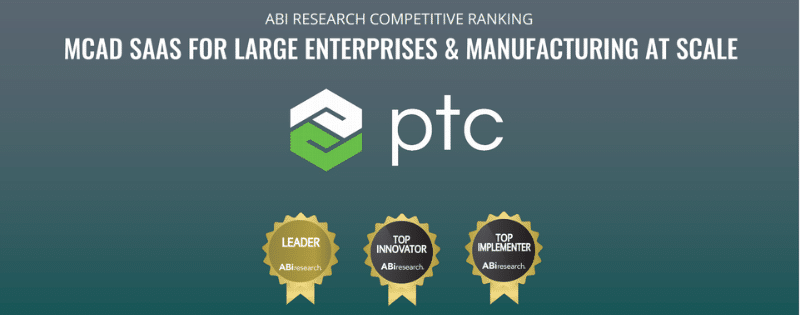We already know that manufacturers can solve some of their biggest problems by standardizing their departments on one CAD solution. And during the recession, cost savings were the primary driver for companies making this decision.
However, consolidation isn’t only about cost savings. It also has a significant role in two more areas: reuse and collaboration.
Let’s take a closer look at how all three of these areas can be made more efficient through consolidation.
Cost Savings
There are more cost savings to be found in consolidation than just in the reduction of software licensing fees. Operating multiple CAD software systems creates additional burdens that drive up operation costs, like hardware and software infrastructure and engineering IT.
Removing the need to support multiple instances and versions to sustain different packages and architectures can drive down these costs considerably.
“In my experience, standardizing CAD is cheaper from the IT perspective,” explains Paul Hoch, Team Leader Product Engineering Services for Zumtobel AG. “A single solution allows a common upgrade strategy, shared knowledge, and central help desk across all sites.”
Reuse
Consolidation can also help manufacturers reuse the intellectual property in their 3D models more easily. It can also help lower costs by reducing:
- Overall design efforts
- Time needed to validate new parts
- Time needed to ensure environment compliance
- Time needed to test, source, and validate redundant suppliers
- Costs associated with excess inventory
“Our engineers can access and reuse current models in their engineering process…Even just looking at [parts from other sites] and understanding what the other site is doing can give a lot of help or seeing a solution to a problem,” Hoch said.
Collaboration
Unsurprisingly, consolidation also makes it much easier to collaborate on designs and develop products across various teams. Engineers can share models with experts, who can then comment and directly edit the product’s modeling techniques.
By consolidating, manufacturers can also allow their engineers to work concurrently, developing multiple aspects of a design simultaneously instead of consecutively. This reduces development times and helps departments provide input sooner in the design process.
“If we weren’t in the same tool, we couldn’t discuss designs between sites and departments, and they would have more problems than they should,” Hoch said.
Consolidating on Creo
Since the rollout of Creo in 2011, many companies have switched from multiple CAD software systems to just consolidating on Creo. The companies making the switch operate on six continents, developing thousands of different products used globally — but they all share one thing: a love for streamlined solutions.
Want to learn more about Creo’s features and capabilities? Read more about it here. Or why not contact us.

